Michael Dogal
Sign up to be notified of our new blog posts.
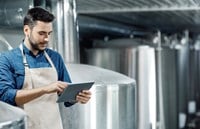
Getting the Most from What You’ve Got: Maximizing the Efficiency of Your Existing Food Processing Equipment
In food manufacturing, efficiency isn’t just about investing in new equipment—it’s about getting the absolute most from what’s already on your production floor. Whether you’re working with a decades-old kettle or a newer vessel that’s seen a few heavy production cycles, small, strategic steps can lead to big improvements. By making thoughtful upgrades, staying ahead of maintenance, and leaning on expert insight, you can boost throughput, improve product consistency, and extend the life of your current equipment—all without the time and expense of a full replacement.
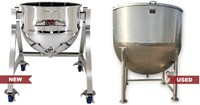
Thinking Used Instead of New? Take These Essential Steps Before Buying a Pre-Owned Vessel
Used vessels can offer attractive benefits: primarily shorter lead times and reduced upfront costs. But as with any significant equipment investment, buying used comes with risks and unknowns that you need to carefully manage.
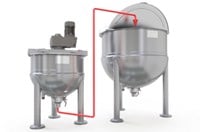
How Staggered Production Can Reduce Processing Bottlenecks
In our work with processors in key industries like food, pharmaceutical, personal care and chemicals, we often encounter production bottlenecks that can be solved with a mix of experience and creativity. One of those bottlenecks occurs when current downstream capacity can’t keep up with the desired production rate. In those situations, we’ve been able to gain significant production efficiencies by making a few equipment additions and modifying production to a staggered process: Here are a couple of techniques that have worked:
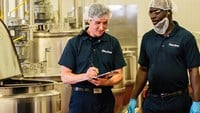
Do These Three Things Before Putting a Used Processing Vessel into Active Production
The market for used processing vessels is typically strong, due in large part to the long use life of high-quality equipment. We often see processors still using a vessel we built over 50 years ago, for example. That, and today’s high demand for new equipment, is leading even more processors to buy used equipment.
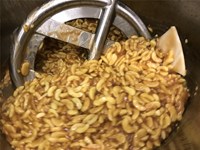
Why Mixing is So Vital to Organic Food Processing Operations
Organic food processors go to great lengths to ensure authenticity in their products. But if their end-product lacks the slices, chunks and homestyle texture expected of fresh and natural ingredients, then the extra effort and cost to comply with organic certification could go for naught. The reality is, if it doesn’t look organic, consumers may not buy it.

Where the Vessel is Always Greener: the Environmental Impact of Lee Products
Like many companies, Lee Industries has been examining its environmental footprint. We wanted to think harder about how the products we manufacture fit in a “greener” world. Because we believe it is important that our equipment operates in an ecologically friendly manner, we continually seek ways to engineer our kettles and tanks to minimize their impact on our environment. Here are some of the methods we use to support that goal: